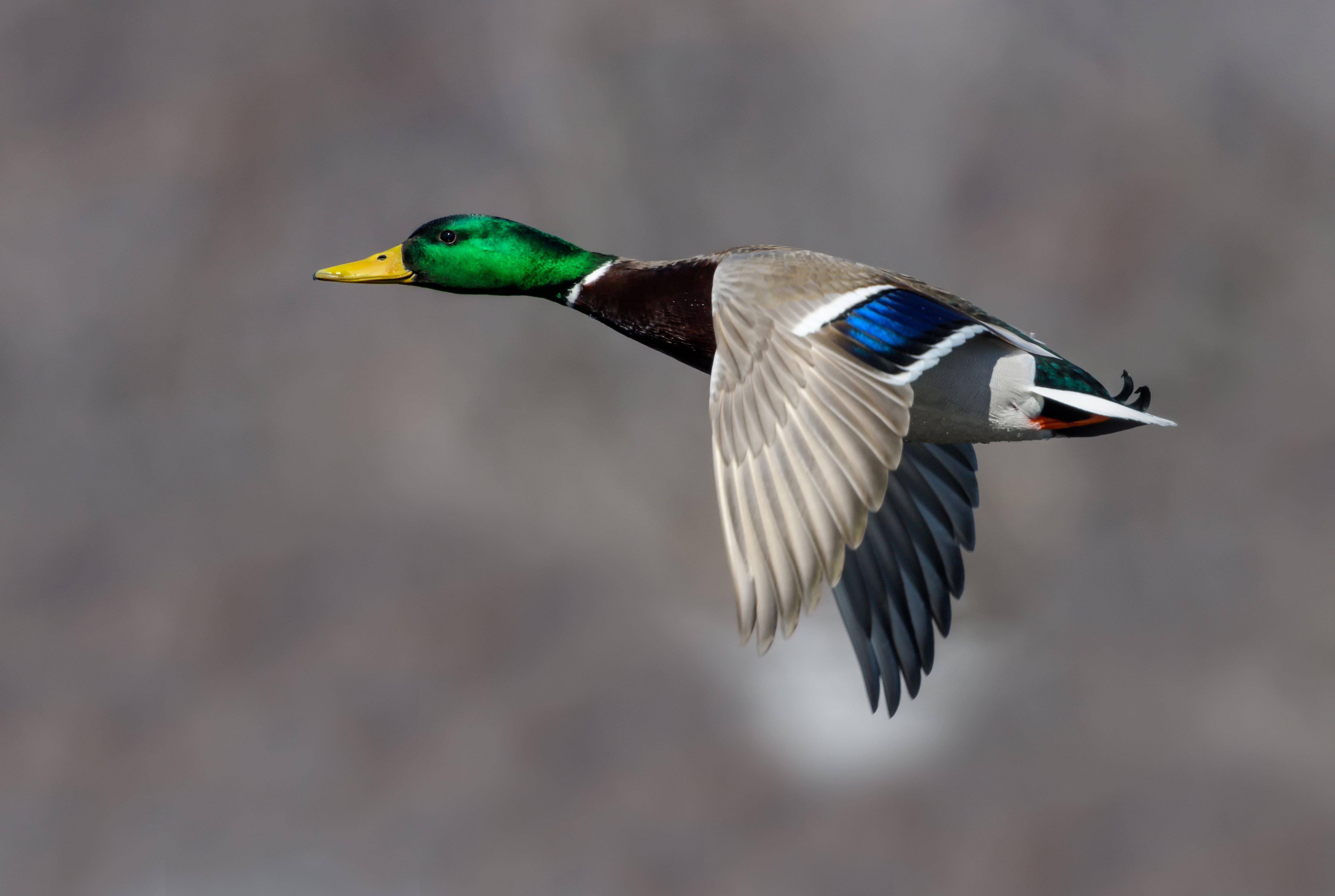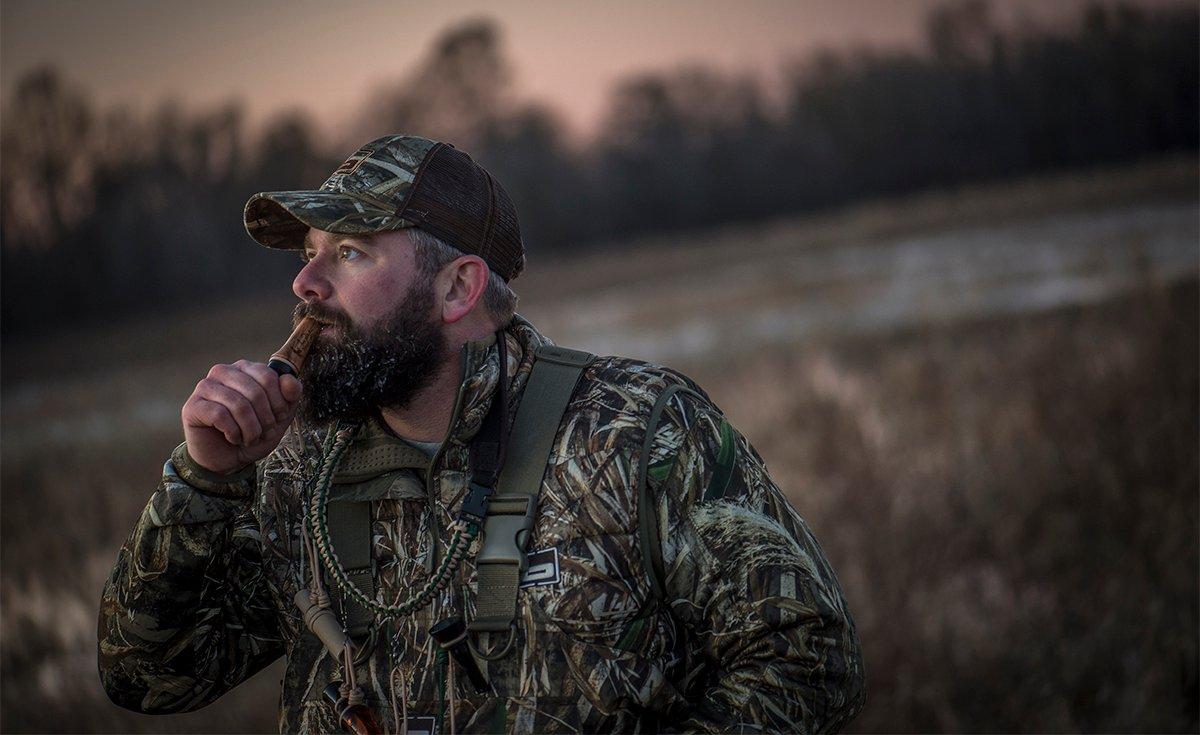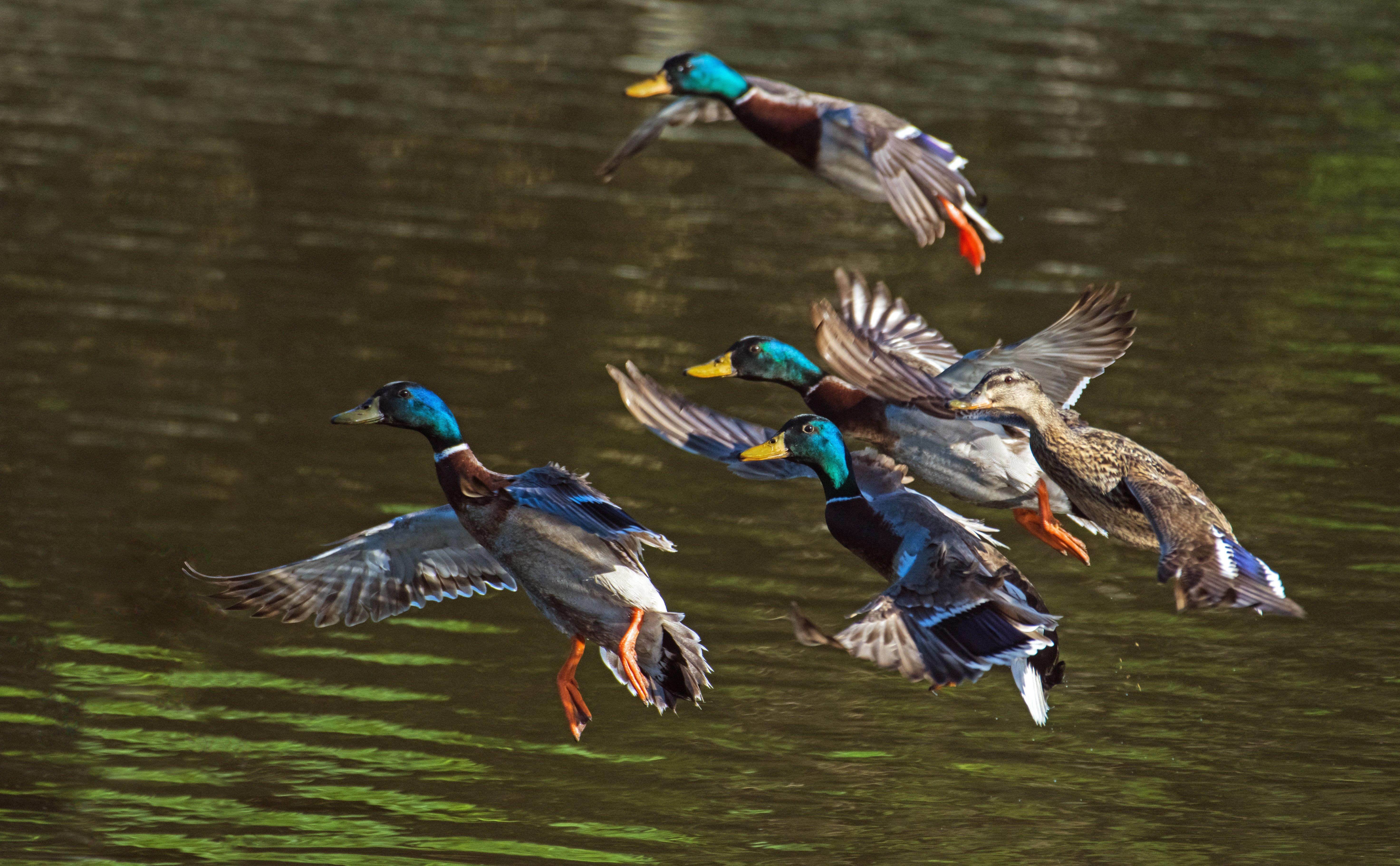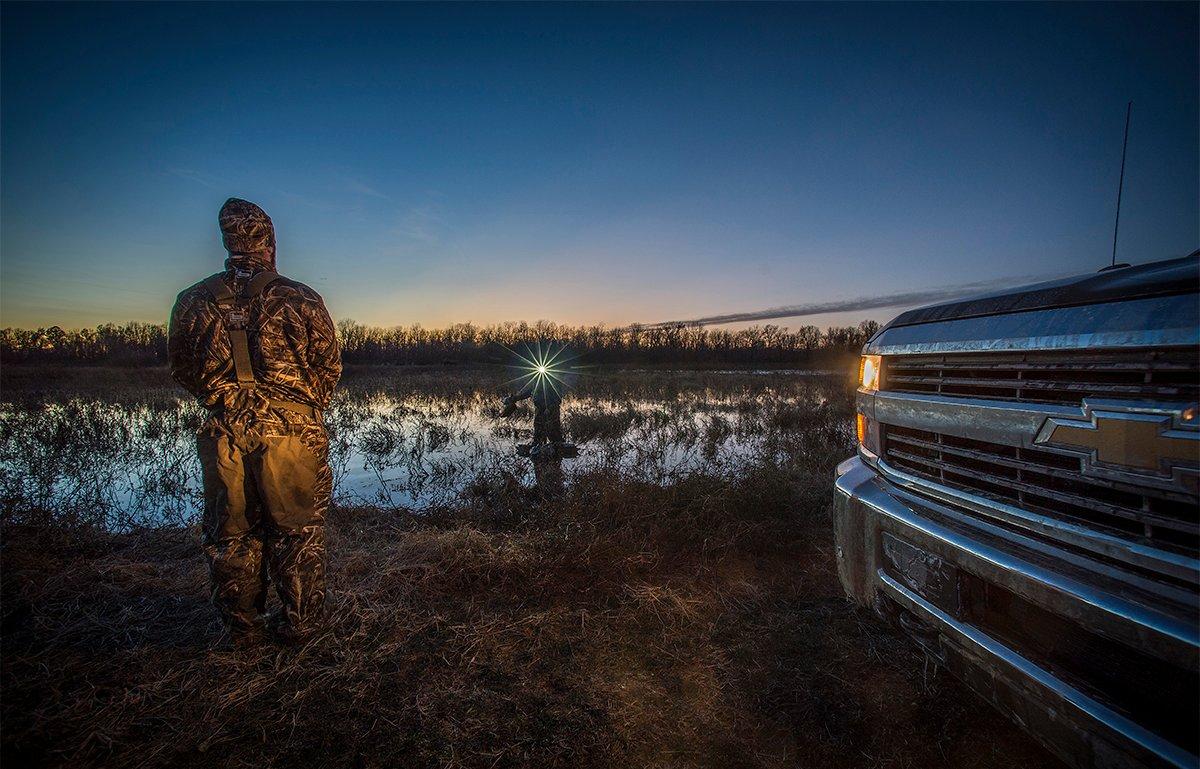The Waterfowling Pros Dispel Common Greenhead Misconceptions
Like any outdoors pursuit, mallard hunting has many subtle nuances and hard-and-fast rules. It also carries many misconceptions, half-truths and downright myths.
Let's separate fact from fiction by getting the skinny from America's top waterfowl hunters. Here's a look at their favorite mallard hunting myths ‚ and a dose of reality that will help you shoot more greenheads.
Click here for more Realtree waterfowl hunting content. And check us out on Facebook.

One of the biggest myths I hear is you need weather to make them move and keep them flying low; that nasty, rainy days are best ‚ a ducky dayso to speak, said Tony Vandemore, who owns Habitat Flats, a premier duck hunting destination near Sumner, Missouri. That might hold true for some folks, but I'd take 60 straight days of bright blue skies and a 10- to 15-mph wind when it comes to hunting mallards.
Photo © Shutterstock

I think the biggest misconception is that calling skills will make up for a lot of hunting deficiencies, said John Gordon, a former guide who handles public relations for Banded and Avery. What I mean by that is there is a prevalent thought that if you can really call, you can bring mallards to you no matter what. And that is just not true. You still have to be in the right locationhave your spread looking good and be well hidden. Did I mention you need to be in the right location? Ha! The world's worst caller will kill more birds in the right spot than a world champion in a bad one. Possessing calling skill will not make up for lack of preparation.
Photo © Bill Konway

Biggest myth: that you can't shoot mallards (or any ducks) on sunny days with nothing in the way of 'ducky weather,' such as rain, cold, overcast skies and big winds, said John Pollmann, a noted outdoors writer and avid waterfowl hunter from South Dakota.
My absolute best duck hunts have been on sunny days. There are a few reasons why I think this is so, but two big ones are that the sun creates shadows I can use for concealment. I can also position myself and the blind in a way that the sun is at my back, which also puts me at an advantage over the ducks and a flock full of eyes. The other reason is that the sun helps the ducks see my decoys ‚ a major plus when you're field-hunting and counting on the sun to help magnify that flash of white from a spinning wing decoy.
Most of all, I love having the sun out so that I can see the birds. Is there anything better than a flock of mallards banking downwind of the spread, the sun making those green heads and blue speculums glow? For mallards, give me sun and a little breeze.
Photo © Tom Franks/Shutterstock

Mallards can bring some of the most experienced waterfowl hunters to heights of frustration that can only be experienced by duck hunters, said Jeremy Dersham, who runs Ridge and River Running Outfitters and guides hunters on the famed Pool 9 of the Mississippi River. They show up a mile high, circling your beautiful spread a dozen times, slowly descending with each pass only to land next to a coot 50 yards outside your decoys. I've heard duck hunters say they called too much or they called too little. Or they say, 'Our cover isn't good, the decoys are too close, the decoys are too far,' and on and on.
The reality is these birds have traveled a gauntlet of water and fields, seeing and hearing all sorts of different duck hunters setups. I wouldn't say mallards become call-shy or decoy-shy but rather people-shy. Mallards talk all the time, and they also love being in groups. Mallards, like all ducks, have major daily objectives of eating and loafing. Nothing is going to change that. What changes mallards' actions is the pressure hunters put on them. How many of us have worked a beautiful flock of mallards and just about put them in the hole feet down only to hear gun blasts a long way away and watch those birds gain air in milliseconds? If you've been hunting long, you've seen it thousands of times. Most of us hunt publicso we understand the frustrations of hunting pressured mallards. They have and will continue to infuriate us. We have hit the hail call and watched the birds immensely gain sky and come to the conclusion they're call-shy. We've had the birds circle nine times around our spread only to flare out and find greener pastures. We blame the spinners or the lack of spinners. We blame the lack of decoys or the decoys grouped to close together. The reality is mallards have seen it. The bird with a brain the size of a pea has and will continue to outsmart us hunters.
In the end, mallards are only being mallards. They need a few daily activities to survive, and they are masters at survival. Mallards are a product of their environment, and each hunter is partially responsible for how these incredible birds see the world.
Photo © Bill Konway

"One question we get all the time is, 'What call is good if I have ducks that consistently land at 200 yards? How do I get them to come to me?'" said Justin Martin, general manager for Duck Commander. "The simple answer is just move over 200 yards. It is obvious that the most important part in duck hunting is location, location, location."
And there's another.
"We (hear that) need some cold weather to get the ducks here in Louisiana," Martin said. "It is true we do need cold weather, but we dont need it in Louisiana. We need it everywhere north of Louisiana. When it warms up, the ducks dont necessarily leave, they change their diet. When it is cold, they prefer to eat carbs, which is where the grain fields come into play. When it warms up, check moist-soil areas. The ducks then go for calcium-rich items, which are invertebrates. Hens are beginning to stock up for egg production, and they need all the calcium they can get. Where the girls go, the boys surely follow."
Photo © Petrovichlili/Shutterstock






